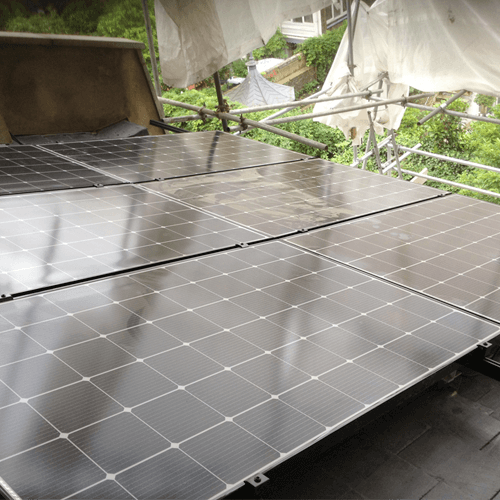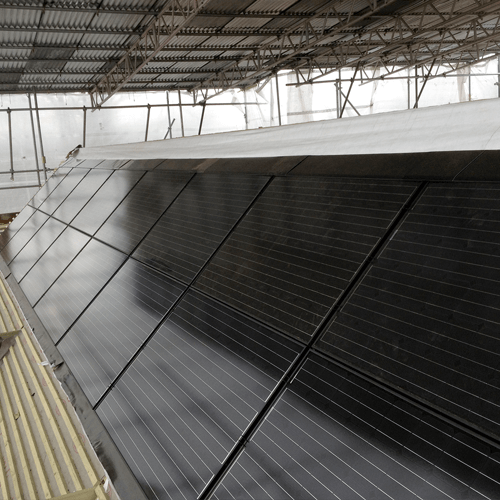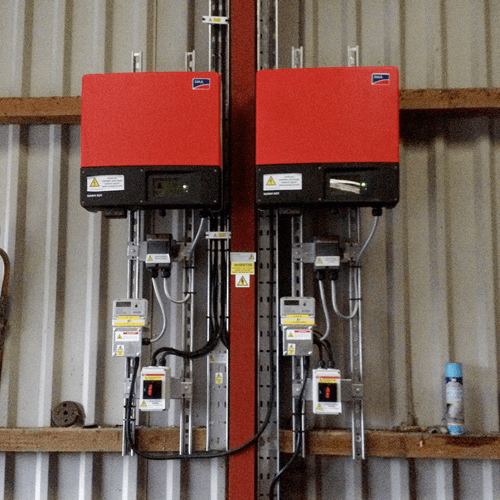SOLAR PHOTOVOLTAIC (PV)
Solar PV, known as solar panels, capture the sun’s energy and the photovoltaic cells convert that energy into electrical current.
In a single hour, the sun transmits more energy to the earth’s surface than the world uses in a year, making it a clean and cost effective way to power our lives. The panels require light not heat therefore, although they will produce more electricity in direct sunlight they can still generate electricity even on a very cloudy day. Most commonly seen on the roof of a building, they can also be mounted on frames at ground level.







